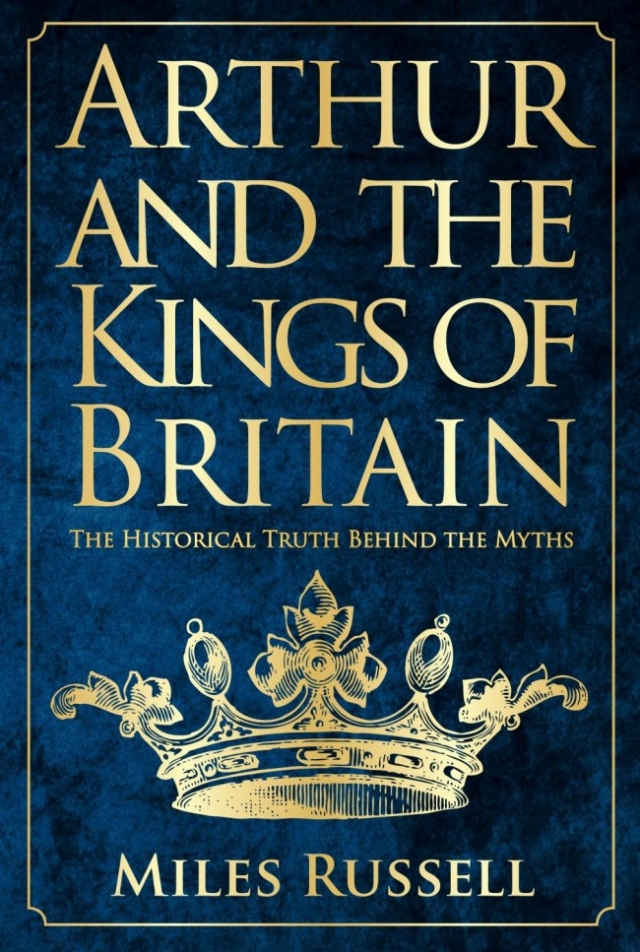Arthur and the Kings of Britain
Book review

The Historical Truth Behind the Myth
Arthur and the Kings of Britain. The Historical Truth Behind the Myths, Miles Russell, Amberley Publishing, 2017, hardback, 320 pp., £20.00, ISBN 9781445662749
This exploration of the Dark Ages, as mediated by the twelfth century historian Geoffrey of Monmouth in his History of the Kings of Britain, written in 1136, resonates with the cultural predilections of some individuals in the early twenty-first century. The author, a senior lecturer in archaeology at Bournemouth University, observes in his preface, that with a period perception characterised by epic components such as ‘dragons, giant-killers, Avalon, the sword in the stone, and the round table’ the Dark Ages continue to have resonance today.
Moreover, such British folklore tales and legends from this era coalesce around key mythical figures such as Lear, Coel Hen, Arthur, Merlin, Mordred, Ambrosius Aurelianus, Guinevere and Morgana. Collectively this evokes in the popular imagination ‘a fantastic world of warriors, wizards and sorcery’ which retains a vestigial cultural impact via modern media representations today. Consequently, the author admits that the verdict of history upon Geoffrey of Monmouth has been excessively harsh by treating him variously as ‘a fantasist, a spinner of tall stories, a serial hoaxer and a misguided patriot’.
However, the author has set himself the challenge of beginning the process of changing such perceptions, arguing that ‘by ignoring or dismissing sources like the Historia Regum Britanniae and Nennius’s Historia Brittonum’ (History of the Britons) we are ‘discarding a large data set’, thereby turning our backs on information that could help us interpret the past. This he pleads requires urgent reconsideration even given that ‘perhaps the biggest problem for anyone attempting to make sense of the years following the collapse of Roman administration in Britain is the apparent paucity of contemporary historical material, with the notable exceptions of ‘Dark Age stalwarts Gildas and Bede’.
In sub-sections of his text headed ‘Where did medieval writers get their information?’ and chapters headed ‘Unlocking the Historiae’ (classical scholars will rejoice in his propensity for using the original Latin which is almost always unpacked in the accompanying text!), students will be grateful for the expert guidance the author provides on evaluating the source material which has survived.
He also supplies a helpful map of the late Iron Age tribes of Britain as a frontispiece and a cluster of colour photographs illustrating how both the landscape and surviving artefacts may also contribute to bringing this otherwise remote era to life. He includes, for example, a photograph of Devil’s Dyke, Wheathampstead, Hertfordshire, an impressive earthwork which ‘probably defined the limits to the capital of Cassivellaunus (Cassibellaunus, the eighty-first king in the Historia Regum Britanniae) visited by Julius Caesar in his expedition of 54 BC.
Finally, there is a further revealing landscape feature from Wales of the Iron Age hillfort of Dinas Emrys, Gwynedd, where tradition places Vortigern (the 103rd king), the young Aurelius Ambrosius (later confused with Merlin) and the story of two fighting dragons. Indeed the author suggests that the fortress was reused in the post-Roman period and modified in the thirteenth century, possibly by Llywelyn the Great, ‘deliberately appropriating a site with strong mythic associations’.

